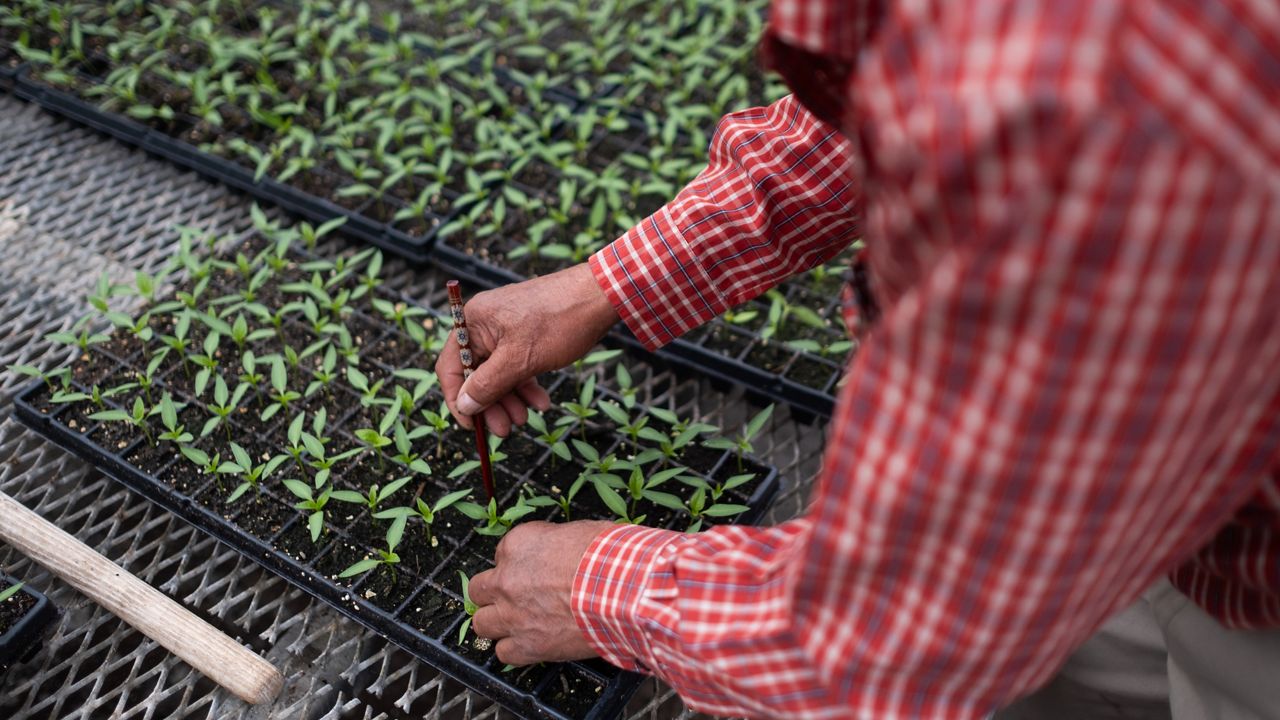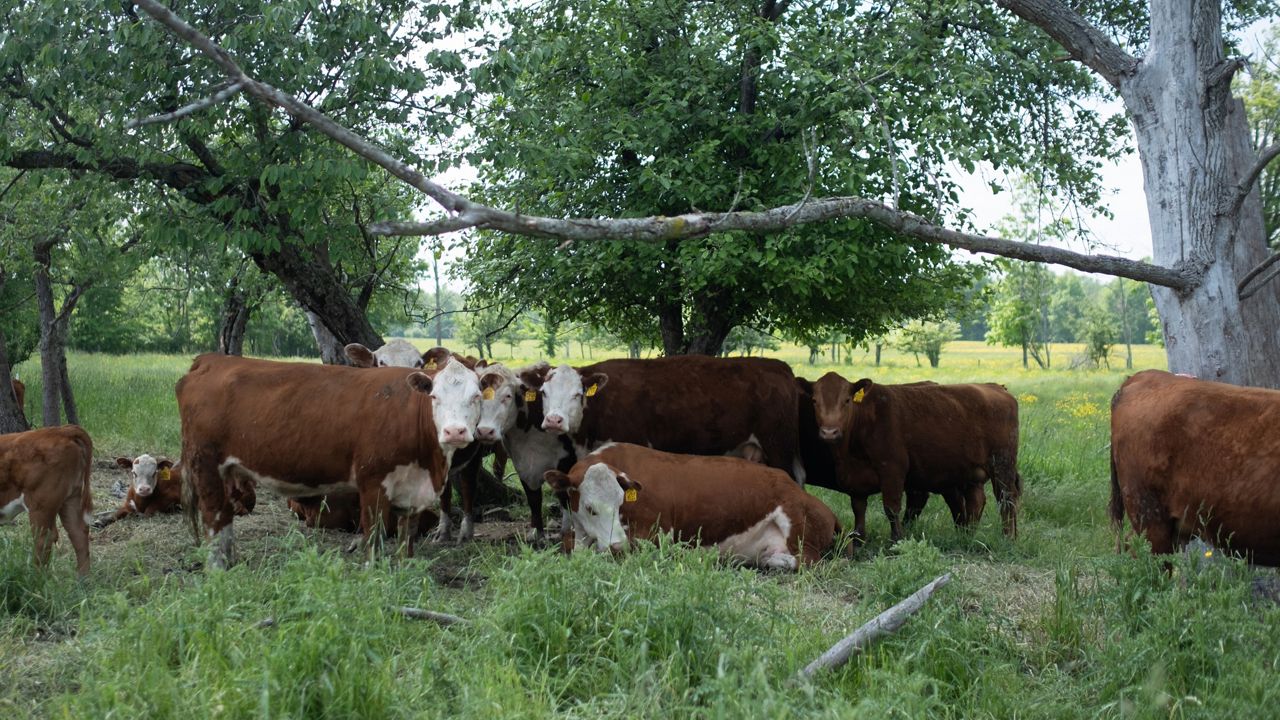Secretary of Agriculture Tom Vilsack visited Cornell University Wednesday to discuss challenges currently facing the industry and how he says the USDA plans to support farmers.
“I think we have some pretty significant challenges, but I think now we have a plan and an approach that will address the challenges I alluded to, which are the loss of farms, the difficult of small- and mid-sized farms to be profitable and the effort of agriculture to get to net zero,” Vilsack said.
In New York, Vilsack said the USDA has provided funding to the state Department of Agriculture and Markets to help farmers move toward the goals of profitability and net-zero methane emissions.
“The commissioner now has resources to really enhance and expand processing capabilities and New York farmers are certainly in a position with the weather patterns and the dairy industry to take advantage of renewable energy opportunities,” Vilsack said.
Cornell University, a land-grant university, researches climate-smart farming practices, genetically modified crops and more. Congress must preserve funding for this research and conservation to implement more of these climate-smart practices, Vilsack said.
“When they are putting together the farm bill, they need to preserve the funding under the Inflation Reduction Act for conservation because that’s what is going to allow us to continue to support climate- smart agriculture practices, and commodities with nearly $20 billion that’s available in that bill,” he said.
Vilsack said he would also like to improve the relationships between land-grant universities, universities that provide research and resources for their states’ residents, and farmers, so they have better access to funding for these programs.
“I think [Cornell Cooperative] Extension has the ability to sit down with farmers and begin the process of educating them about entrepreneurial opportunities that exist and demystifying those opportunities, making it easier for farmers to understand how they intersect and how they could potentially take their small- or mid-sized farming operation and participate in one or multiple of those,” Vilsack said.
New York Commissioner of Agriculture Richard Ball said they work with Cornell University and Farm Services Agency, an organization under the USDA, to assist farmers and their access to funding.
“We overlap. We’re personal friends and we’re professional friends, so it’s hard for me to imagine a better relationship than we have right now and when you have that level of collaboration, it’s fun to get into issues,” Ball said.
Remaining closely aligned with the work of the USDA and Vilsack has been a priority for Ball to improve programs available to New York farmers, he said.
“We need to make sure we think about climate, nutrition and the food supply,” Ball said. “We make sure that we’re aligned with what the USDA is doing, and that’s where the technical expertise and funding streams and mechanisms are going to be, so I’m happy to say we are closely aligned.”
Mike McMahon, owner of EZ Acres in Homer, said the process of applying for funding from the USDA can be a long one.
“There’s quite a lot to it. I would say on average you can pretty well count on being two years from the time you start your application to completion,” McMahon said.
On his farm, he built a satellite lagoon to store manure from his 1,000-dairy cattle, which was 60% funded through a USDA program. The process took 2 1/2 years to complete, he said.
“I would like to see the USDA increase their funding for staff so they could better serve the farm public,” McMahon said.
While McMahon supports the idea of improving profitability for small- and mid-sized farms, he said the issue of labor remains.
“The elephant in the room, as far as I'm concerned, is labor. That's a real problem for all of us,” he said.
McMahon said farms that require more labor, such as organic farms, face an especially difficult labor crunch.
McMahon also was skeptical of Vilsack’s idea that consumers would pay more for products that were grown more sustainably.
“I’m sure there is a sector of the population that would pay more, but I don’t think it would be enough to really encourage farms to spend the money on climate -resilient farming,” he said.







